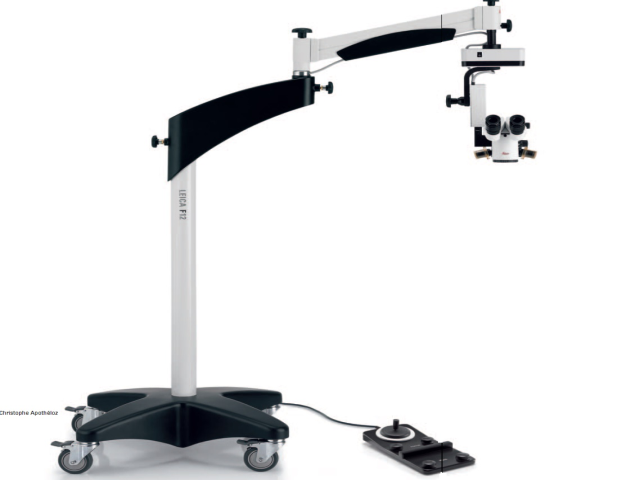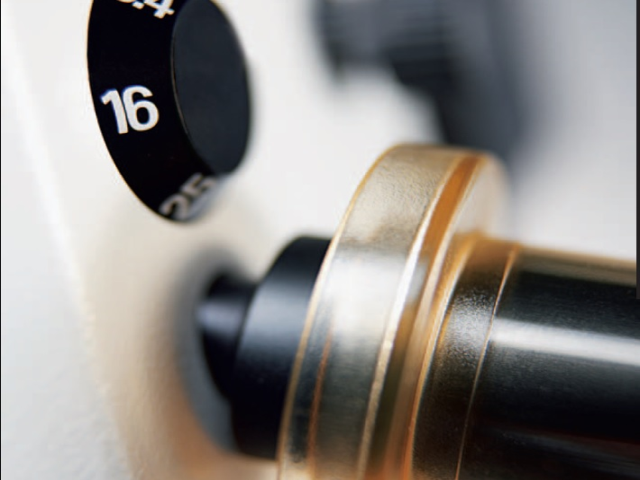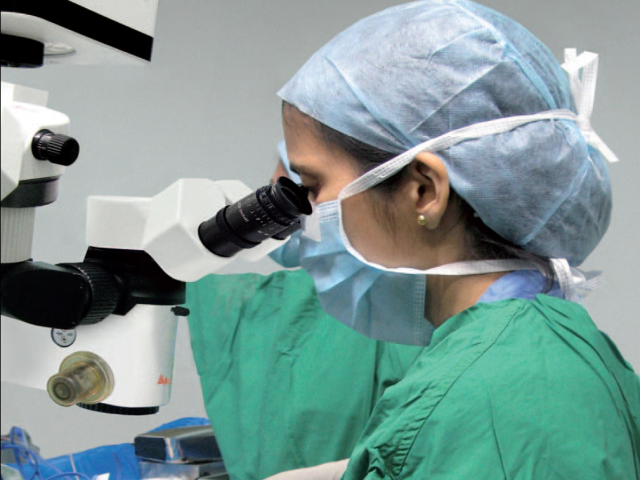Features
- Image Quality First
- Powerful and User Friendly Interface
- Dicom & Emr Compatible
- Quantel Medical’s Proprietary Magnetic 50 MHZ With Linear Scanning Ultrasound Biomicroscope (Ubm) Probe Technology
- Glaucoma Management
- Cataract and Refractive Surgery
- General Examination
- Glaucoma Module: Qualify and Quantify
- High-Frequency 20 MHZ for Posterior Segment Imaging
- Biometry Module Standardized Echography
Technical Specifications
B Scan Modes
Grey Levels: 256
- Adjustable Gain: 20to 110 Db
- Time Gain Control (Tgc): 0 To 30 Db
- Manual And Synchronized Dynamic Adjustment From 25 To 90 Db
- Unlimited Storage Capacity For Still Images And Video Sequences (Up To 40 Second Duration)
- Image Post-Processing Tools: Algorithmic & Color Image Filters, Calipers, Areas, Angles, Markers, Comments Glaucoma Quantifying Semi-Automated Tools With Aod 500 & 750, It 750 & 2000, Tia, Ara 500 & 750, Tisa 500 & 750, Lv
Posterior Pole Examination
Magnetic 10 MHZ Probe
- Transducer Frequency: 10 MHZ
- Angle Of Exploration: 50°
- Depth Of Exploration: 20 To 60 Mm (0.79” To 2.37”)
- Focus: 21 To 25 Mm (0.83” To 0.98”)
- Axial Resolution: 150 ΜM
- Lateral Resolution: 300 ΜM
- Frame Rate Acquisition: Up To 16 Hz
Posterior Pole Examination
Magnetic 10 MHZ Probe
- Transducer Frequency: 10 MHZ
- Angle Of Exploration: 50°
- Depth Of Exploration: 20 To 60 Mm (0.79” To 2.37”)
- Focus: 21 To 25 Mm (0.83” To 0.98”)
- Axial Resolution: 150 ΜM
- Lateral Resolution: 300 ΜM
- Frame Rate Acquisition: Up To 16 Hz
Magnetic 20 MHZ Probe for Posterior Pole*
- Transducer Frequency: 20 MHZ
- Angle Of Exploration: 50°
- Focus: 24 To 26 Mm (0.94” To 1.02”)
- Axial Resolution: 100 ΜM
- Lateral Resolution: 250 ΜM
- Frame Rate Acquisition: Up To 16 Hz
Ubm & Anterior Segment Examination*
Magnetic 50 MHZ Ubm Probe with Linear Scanning
- Transducer Frequency: 50 MHZ
- Linear Transducer Movement: Exploration Width 16mm (0.63”)
- Focus: 9 To 11 Mm (0.35” To 0.43”)
- Axial Resolution: 35 ΜM
- Lateral Resolution: 60 ΜM
Linear 25 MHZ Ubm Probe
- Transducer Frequency: 25 MHZ
- Linear Transducer Movement: Exploration Width 16mm (0.63”)
- Focus: 11to 13 Mm (0.43” To 0.51”)
- Axial Resolution: 70 ΜM
- Lateral Resolution: 120 ΜM
Data Management
- Built-In Physician And Patient Database
- Exportation Of Still Images And Video Sequences
- Customizable Digital And Printed Reports
- Dicom* And/Or Emr Compatible
- Compatible With Pc, Usb Video And Dicom Printers
Biometry
- Adjustable Gain: 20 To 110 Db
- Time Gain Control (Tgc): 0 To 30 Db
11 MHZ Probe
- Transducer Frequency: 11 MHZ
- Tip Diameter: 6 Mm (0.23”)
- Electronic Resolution: 0.04 Mm (0.002”)
- Depth: 40/80 Mm On 2048 Points
- Contact And Immersion Techniques Compatible
- Aiming Beam: Led Or Laser Pointer*
Axial Length Measurements
- Ultrasound Propagation Velocity Adjustable Per Segment (Anterior Chamber, Lens, Vitreous) And Iol And Vitreous Material
- Built-In Pattern Recognition: Phakic, Aphakic, Pmma, Acrylic And Silicone Material For Pseudo-Phakic Eye Types
- Automatic Calculation Of Standard Deviation And Average Total Length (Series Of 10 Measurements)
- Acquisition Modes: Automatic, Auto + Save, Manual
- Automatic Detection Of Scleral Spike
Iol Calculation
- Srk-T, Srk 2, Holladay, Binkhorst-Ii, Hoffer-Q, Haigis
- Post-Op Refractive Calculation: -Pre-Op And Post-Up Refraction, Pre-Op And Post-Op Keratometry
- 6 Different Methods For Keratometric Correction And Implant Calculation: History Derived, Refraction Derived, Contact Lens Method, Rosa Regression, Shammas Regression, Double K/Srk-T (Dr. Aramberri’s Formula)
- 7 Values Bracketed for Desired Ametropia for Each Iol (Iol Increment Steps: 0.25d Or 0.50d)
- Simultaneous Display Of 4 Different Iol Calculations
General Information
- Connection: Connectable To Pc Systems Via Usb-2 Port Operating Under Windows 8 / Windows 7
- Dedicated Software for Communication Driving Between The Acquisition Module And Computer
- Images Displayed On The Computer Monitor



